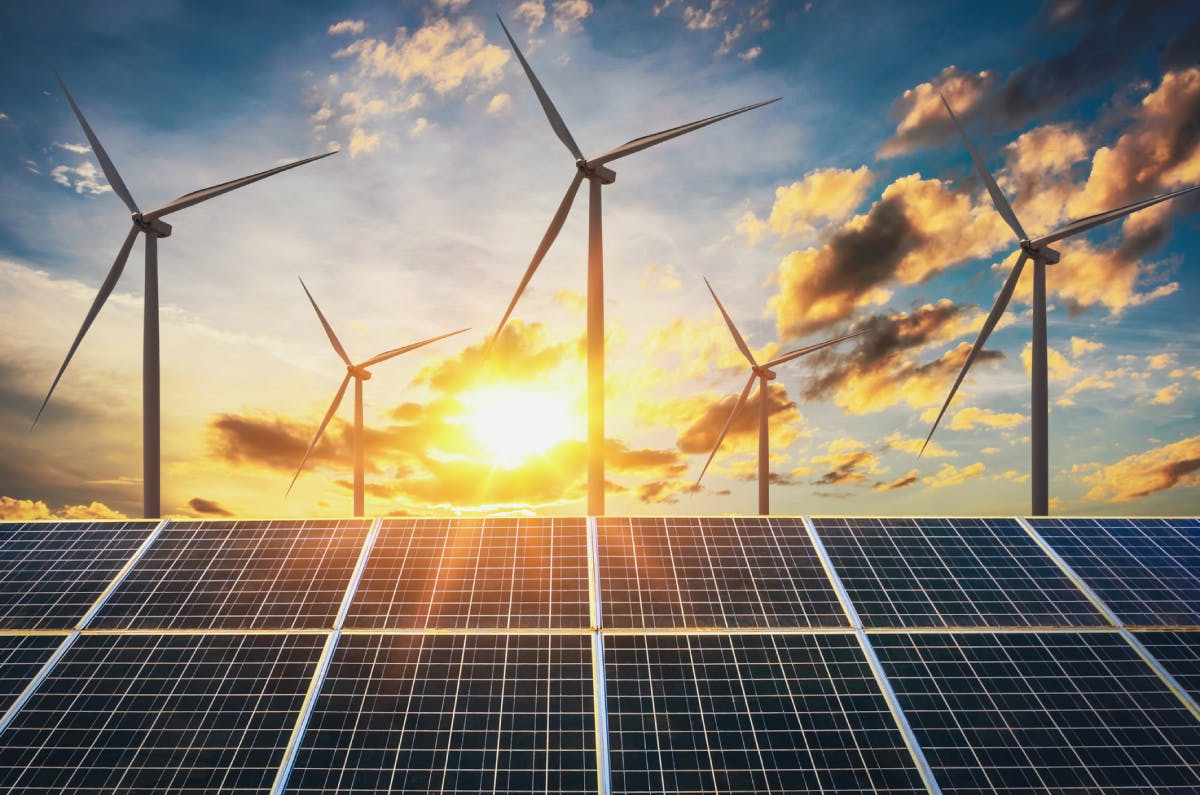All of history’s major economic shifts, notably some in the past two decades, have been driven by energy. The major key industrial developments that have revolutionized the globe throughout the last 250 years have indeed been fueled by varied power sources, resulting in adjustments and diversification of the electricity sector on the one hand, and the introduction of new energy sources on the other. The First Industrial Revolution, which lasted from the end of the eighteenth century to the start of the nineteenth century, was bolstered by coal, which enabled its use of the steam power; the Second, which lasted from the very first half of the twentieth century to the current day, was engendered by oil, which enabled the use of IC engines; and the Third, which lasted from the end of the twentieth century to the current day, was reignited by electronics and communication innovations. In addition to oil, information and technology is driven by gas and, in a limited fashion, renewable energy. This Third Revolution appeared to be intended for nuclear power, and even though due to the high cost of implementation of plants that use uranium as fuel, as well as the major accidents at Three Mile Island in 1979, Chernobyl in 1986, and Fukushima in 2011, this energy has been consigned to a subordinate status in many regions that once decided to opt for it. Currently low voltage solutions target is one of the most important cry of the time. A low voltage scenario for meeting the target and sustainable development goals without negative emission technologies is also very important.
The Importance of Renewable Technologies
Renewable technologies are pure, limitless, and becoming extremely competitive. They vary from fossil fuels primarily in their diversification, quantity, and ability to be used in any area of the world, but most importantly, they do not release greenhouse gases or damaging emissions. Aside from short-term volatility, their prices are constantly falling, whereas the overall pattern in the prices of fossil fuels is the reverse. Renewable energy’s development is inevitable, according to figures released periodically by the International Energy Agency (IEA): According to IEA projections, renewables will account for more than two-thirds of the growth in worldwide power consumption from 2018 to 2040, primarily through wind and solar techniques. According to the International Energy Agency, worldwide electricity consumption will rise by 70% by 2040, boosting its percentage of total resource use from 18% to 24% during the same timeframe, owing primarily to rising economies.
Low Voltage Solutions for Climate Warning Preventions
Clean renewable energy development is key for tackling climate change and limiting its most severe consequences. After 2016, 2019 was the second hottest year on record. As per the Climate Change Agency, the average temp over the last 5 years has been roughly 1.2 ° over pre-industrial levels (C3S). Meanwhile, 860 million individuals globally still lack access to electricity (2018), necessitating a significant increase in renewable energy installation to attain universal coverage by 2030, one of the United Nations’ sustainability goals, notably in Sub-Saharan Africa. As a result, these are some of the United Nations’ goals is to attain universal coverage by 2030, an enormous aim given that the International Energy Agency forecasts that 800 millions of people would still be without power by that time. electrified, to keep up with the times. Transitioning to a renewable-energy-based energy system will have substantial economic benefits for the world economy and growth. According to IRENA (International Renewable Energy Agency), meeting the Paris Agreements will need increasing regenerative energy’s contribution in global power output to 57 percent by 2030. This would need increasing yearly renewable power expenditures from 330,000 million to 750 billion US dollars, resulting in a surge in green economy job creation and development.
